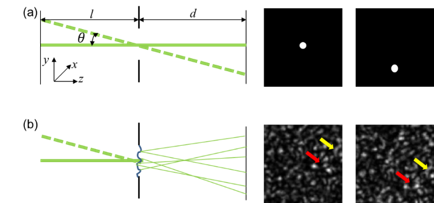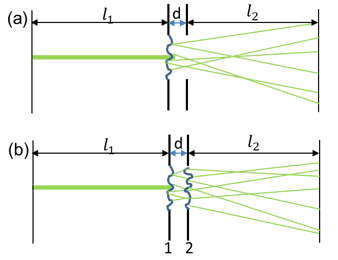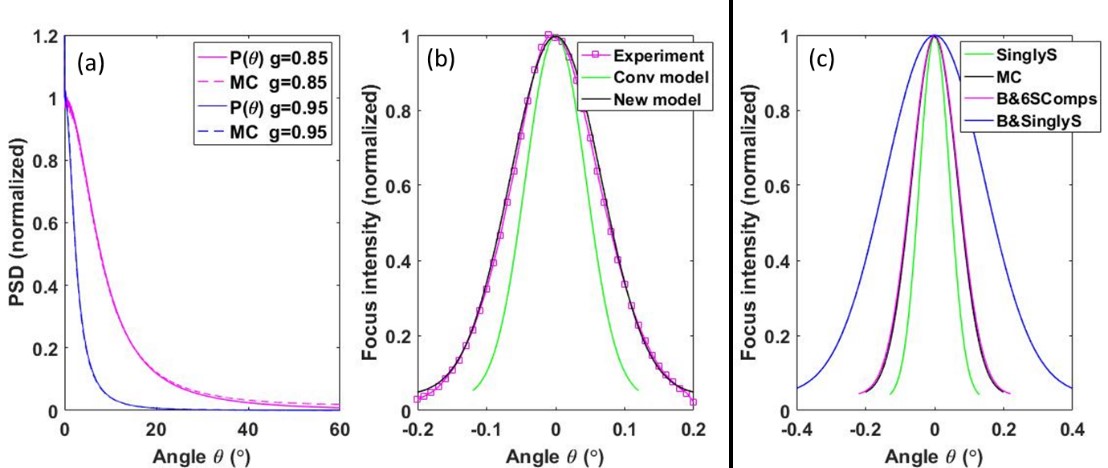
Imaging through scattering media is an ever-lasting topic in wide fields from biomedical to atmospheric optics. Comparing to other prevailing methods, speckle autocorrelation imaging stands out because it is simple, fast and non-invasive. Its prerequisite is the renowned optical memory effect, which determines its field of view (FOV). However, the small FOV, which restricts applications of speckle autocorrelation imaging, is a main problem to be solved.
Recently, a research group led by Dr. LIU Honglin from Shanghai Institute of Optics and Fine Mechanics (SIOM) of the Chinese Academy of Sciences, in collaborated with Prof. Lihong V. Wang from California Institute of Technology, made progress in investigating the optical memory effect. The work was published in Photonics Research.
In their experiment, they presented a new physical picture of the optical memory effect, in which the memory effect and the conventional spatial shift invariance were united. Based on the picture, they depicted the role of thickness, scattering times and anisotropy factor and derived equations to calculate the angular memory effect ranges (AMERs) of different scattering components, such as ballistic light, singly scattered and doubly scattered light.
In the study, by comparing light propagating through a random phase mask and a diaphragm, researchers found that the speckle shift invariance, a.k.a., the optical memory effect was essentially higher-order spatial shift invariance. They built a double-random-phase-mask model and derived a more accurate equation of the AMER.
By utilizing equal spatial power spectral density to bridge the mask model to a volume scattering medium, a quantitative description of the roles of scattering coefficient, scattering times, thickness, anisotropic factor in the AMER was presented, and the AMERs of different scattering components were also analyzed.
The study presents a new physical picture for the optical memory effect and the picture can help build a new model for simulation of coherent light propagation in turbid media. Thus, it provides powerful tools for further study of phenomena based on the memory effect and wavefront sensitive techniques and may have impact on biomedical imaging, seeing through clouds, photodynamic therapy and light manipulation in/through turbid media.

Fig. 1 Comparison of a laser propagating. (Image by SIOM)

Fig. 2 Comparison of two double-random-phase-mask configurations. (Image by SIOM)

Fig. 3 Simulation and experimental results. (Image by SIOM)

86-10-68597521 (day)
86-10-68597289 (night)

52 Sanlihe Rd., Xicheng District,
Beijing, China (100864)

